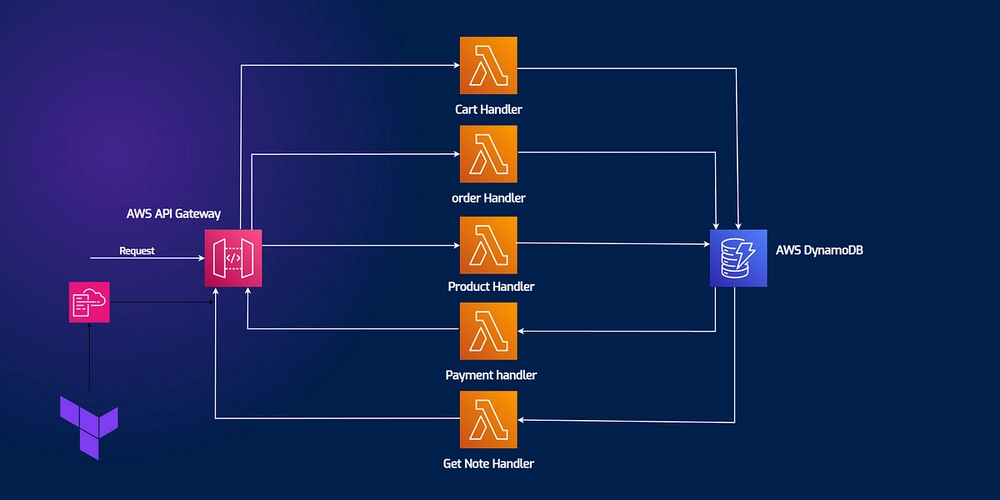How I Built a Personalized Email Generator in Python (as a Beginner)
How I Built a Personalized Email Generator in Python (as a Beginner) I’m learning Python as part of my transition into technical writing, and I wanted to build something small but useful. A lot of real-world apps involve user info and email formatting, so I made a script that: Takes a user's full name Generates a clean, formatted email Sends a friendly welcome message This helped me practice functional thinking, input handling, and error catching—all wrapped in a beginner-friendly way. The Core Function Here’s the function that does the main work: def generate_user_info(full_name: str, domain: str = "example.com") -> dict: """ Generates an email and a personalized message based on the full name. """ name_parts = full_name.strip().split() if len(name_parts)

How I Built a Personalized Email Generator in Python (as a Beginner)
I’m learning Python as part of my transition into technical writing, and I wanted to build something small but useful. A lot of real-world apps involve user info and email formatting, so I made a script that:
- Takes a user's full name
- Generates a clean, formatted email
- Sends a friendly welcome message
This helped me practice functional thinking, input handling, and error catching—all wrapped in a beginner-friendly way.
The Core Function
Here’s the function that does the main work:
def generate_user_info(full_name: str, domain: str = "example.com") -> dict:
"""
Generates an email and a personalized message based on the full name.
"""
name_parts = full_name.strip().split()
if len(name_parts) < 2:
raise ValueError("Please enter both first and last name.")
first_name = name_parts[0].capitalize()
last_name = name_parts[-1].lower()
email = f"{first_name.lower()}.{last_name}@{domain}"
message = f"Hello {first_name}, your new email is {email}. Welcome aboard!"
return {
"name": full_name,
"email": email,
"message": message
}
Making It Interactive
Then I wrapped it in a script so the user can interact with it from the terminal:
def interactive_user_info():
"""
Collect a user's full name, generate their email, and print a welcome message.
"""
print("Welcome to the Email Generator!")
full_name = input("Please enter your full name (e.g., John Doe): ")
try:
result = generate_user_info(full_name)
print("\n✅ Success!")
print(f"Name : {result['name']}")
print(f"Email : {result['email']}")
print(f"Message: {result['message']}")
except ValueError as ve:
print(f"\n⚠️ Error: {ve}")
if __name__ == "__main__":
interactive_user_info()
What I Learned
- Functions help keep logic clean and reusable
-
input()makes scripts interactive, even for beginners - Error handling with
try/exceptmakes things more user-friendly - This project helped me feel like a developer and a writer.
- This kind of small, real-world project helps me build confidence in both code and communication.
What I’d Add Next
- Letting users choose the domain
- Supporting names with middle initials
- Writing results to a
.txtfile
Written by a linguist and writing tutor learning Python to build a more flexible life.









































































































































































![[The AI Show Episode 144]: ChatGPT’s New Memory, Shopify CEO’s Leaked “AI First” Memo, Google Cloud Next Releases, o3 and o4-mini Coming Soon & Llama 4’s Rocky Launch](https://www.marketingaiinstitute.com/hubfs/ep%20144%20cover.png)



























































































































![[DEALS] The All-in-One Microsoft Office Pro 2019 for Windows: Lifetime License + Windows 11 Pro Bundle (89% off) & Other Deals Up To 98% Off](https://www.javacodegeeks.com/wp-content/uploads/2012/12/jcg-logo.jpg)


















































































































































_Andreas_Prott_Alamy.jpg?width=1280&auto=webp&quality=80&disable=upscale#)

































































































![What features do you get with Gemini Advanced? [April 2025]](https://i0.wp.com/9to5google.com/wp-content/uploads/sites/4/2024/02/gemini-advanced-cover.jpg?resize=1200%2C628&quality=82&strip=all&ssl=1)











![Apple Shares Official Trailer for 'Long Way Home' Starring Ewan McGregor and Charley Boorman [Video]](https://www.iclarified.com/images/news/97069/97069/97069-640.jpg)
![Apple Watch Series 10 Back On Sale for $299! [Lowest Price Ever]](https://www.iclarified.com/images/news/96657/96657/96657-640.jpg)
![EU Postpones Apple App Store Fines Amid Tariff Negotiations [Report]](https://www.iclarified.com/images/news/97068/97068/97068-640.jpg)


































































































































